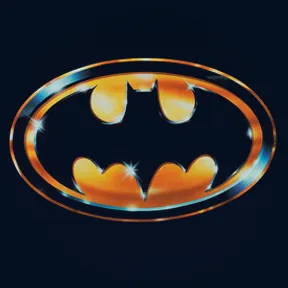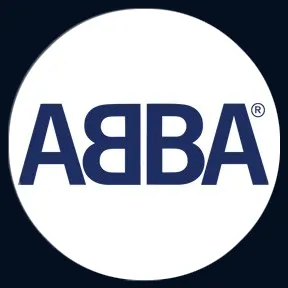How Fast Is It | 06 - Gravitational Waves
In this segment of the “How Fast Is It” video book, we cover Gravitational Waves.
We examine just what a ‘ripple in space-time’ is. We’ll cover the wave properties including its metric, speed, and the two transverse polarizations: h plus and h cross. We’ll cover how it expands and contracts objects it encounters. We’ll examine binary star systems and the waves they create. This includes the properties of the binary encoded in the created gravitational wave including frequency, frequency changes (the chirp), chirp mass, gravitational luminosity and luminosity distance.
We’ll use stars the size and mass of our Sun to calculate the expected amplitude and wavelength magnitudes. We’ll move from normal stars to neutron stars to stellar mass black holes. Along that progression, we’ll see their signature waveforms and build the gravitational wave sensitivity graph. We’ll cover the Hulse-Taylor pulsar (PSR B1913+16) and how it provided indirect evidence for the existence of gravitational waves.
We’ll then cover direct detection: first with strain gauges and then with Michelson Interferometers. We’ll cover the LIGO technology and sensitivity and then examine the GW150914 event. We’ll show how it fit the waveform and magnitudes for merging stellar black holes.
We’ll also quantify the magnitude of the radiated energy. Then we’ll cover how we located the sky location for the event. We’ll end with a look at other observatories and the impact detecting gravitational waves will have on cosmology.















































